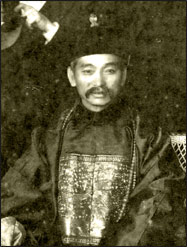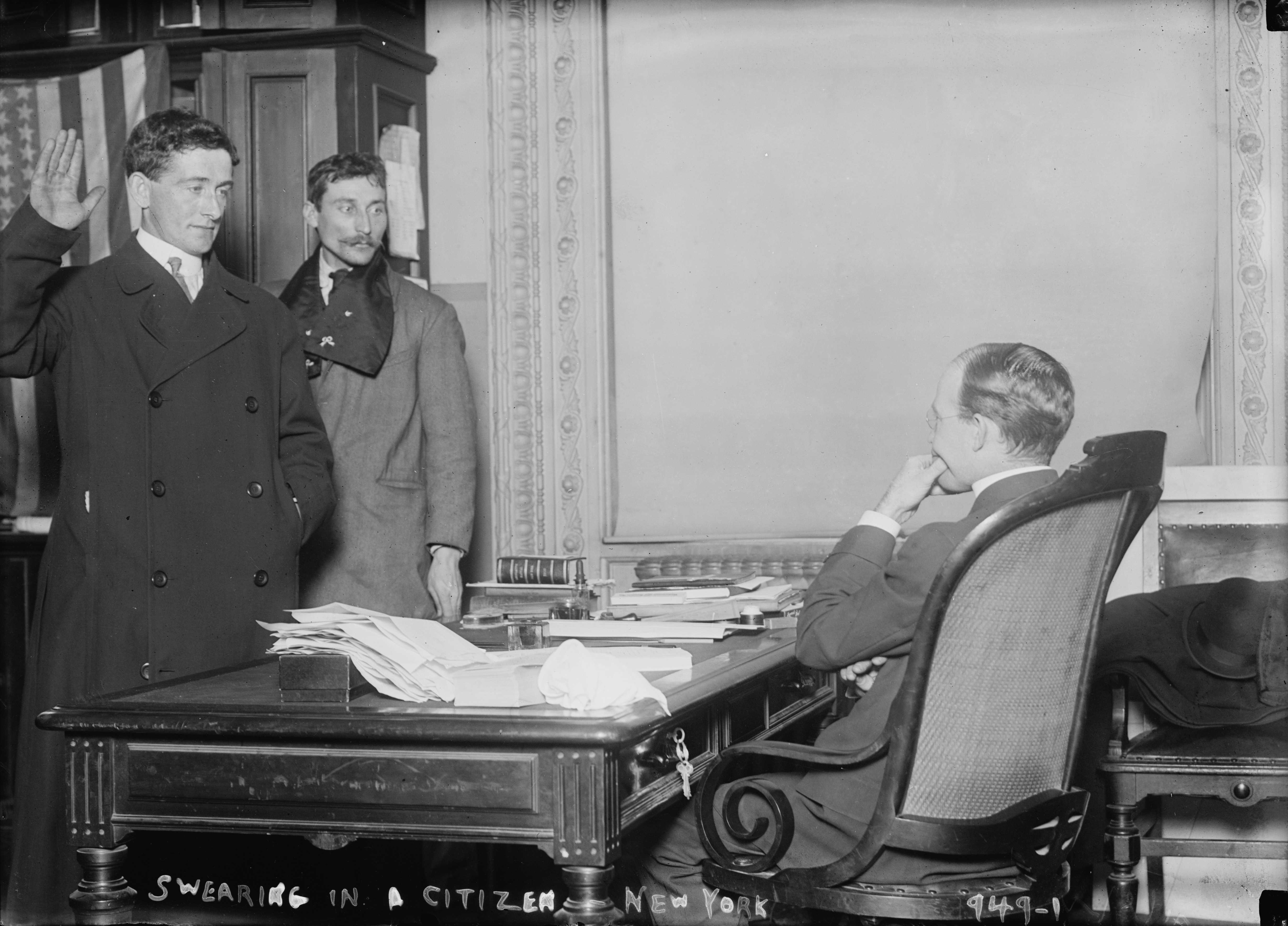|
Jembaicumbene, New South Wales
Jembaicumbene (pronounced Jemmi-c'm-bene) is a locality in the Southern Tablelands of New South Wales, Australia, located 8 km (5 miles) out along the Braidwood– Majors Creek Road. Once a thriving goldfield, it is now a peaceful valley on the way to Majors Creek. The mining village of the same name is now virtually a ghost town. The area now known as Jembaicumbene lies on the traditional lands of Walbanga people, a group of Yuin. Settlers took over land in the area from the 1830s. In 1853, Jembaicumbene Creek and it tributaries were proclaimed a goldfield. By 1859, there were over a thousand gold miners on the creek, including six hundred Chinese miners. Land for the site of a village of Jembaicumbene was set aside on 1 February 1867. By 1868, it had "''many stores, hotels, and business places, as well as a large flour-mill''". The village was located just to the north of Jembaicumbene Creek, a tributary of the Shoalhaven River. Majors Creek Road was its main str ... [...More Info...] [...Related Items...] OR: [Wikipedia] [Google] [Baidu] |
Queanbeyan–Palerang Regional Council
Queanbeyan–Palerang Regional Council is a local government area located in the Southern Tablelands region of New South Wales, Australia. The council was formed on 12 May 2016 through a merger of the City of Queanbeyan and Palerang Council. The council has an area of and lies between the eastern boundary of the Australian Capital Territory and the coastal escarpment on both sides of the Great Dividing Range. At the m it had a population of 63,304. At the time of its establishment the council had an estimated population of . Towns and localities The Queanbeyan urban area contains the following localities The balance of the Queanbeyan–Palerang Regional Council area contains the towns of: It also contains the following localities: Demographics The population for the predecessor councils was estimated in 2015 as: * in City of Queanbeyan and * in Palerang Council Council Queanbeyan–Palerang Regional Council comprises eleven Councillors elected proportionally in a sing ... [...More Info...] [...Related Items...] OR: [Wikipedia] [Google] [Baidu] |
Gold Dredge
A gold dredge is a placer mining machine that extracts gold from sand, gravel, and dirt using water and mechanical methods. The original gold dredges were large, multi-story machines built in the first half of the 1900s. Small suction machines are currently marketed as "gold dredges" to individuals seeking gold: just offshore from the beach of Nome, Alaska, for instance. A large gold dredge uses a mechanical method to excavate material (sand, gravel, dirt, etc.) using steel "buckets" on a circular, continuous "bucketline" at the front end of the dredge. The material is then sorted/sifted using water. On large gold dredges, the buckets dump the material into a steel rotating cylinder (a specific type of trommel called "the screen") that is sloped downward toward a rubber belt (the stacker) that carries away oversize material (rocks) and dumps the rocks behind the dredge. The cylinder has many holes in it to allow undersized material (including gold) to fall into a sluice ... [...More Info...] [...Related Items...] OR: [Wikipedia] [Google] [Baidu] |
Localities In New South Wales
Locality may refer to: * Locality (association), an association of community regeneration organizations in England * Locality (linguistics) * Locality (settlement) * Suburbs and localities (Australia), in which a locality is a geographic subdivision in rural areas of Australia Science * Locality (astronomy) * Locality of reference, in computer science * Locality (statistics) * Principle of locality, in physics See also * Local (other) Local may refer to: Geography and transportation * Local (train), a train serving local traffic demand * Local, Missouri, a community in the United States * Local government, a form of public administration, usually the lowest tier of administrat ... * Type locality (other) {{disambiguation ... [...More Info...] [...Related Items...] OR: [Wikipedia] [Google] [Baidu] |
Guboo Ted Thomas
Edwin "Guboo" Ted Thomas (29 January 1909 – 19 May 2002), a Yuin man, was a prominent Aboriginal leader. He toured Australia with a gumleaf orchestra during the Great Depression of the 1930s, played rugby league and became a respected elder who campaigned for protection of sacred sites on the South Coast. He went to the United Nations in New York and urged the World Council of Churches to accept Indigenous religions, and also met the Dalai Lama. Early life Guboo Ted Thomas was born in 1909 under a gum tree at Jembaicumbene in the Braidwood area of the South Coast of New South Wales. He was born into the Yuin people, which he always maintained was a Nation made up of many individual tribes. Ted is a contraction of his birth name Edwin; and Guboo, the name he was best known for, was his tribal name meaning "good friend". Guboo was son of William "Bill" Iberia Thomas, a tribal elder, and Mary Gwendoline "Linno" Ahoy, a woman of Chinese descent. Although he was the third of t ... [...More Info...] [...Related Items...] OR: [Wikipedia] [Google] [Baidu] |
Melbourne Cup
The Melbourne Cup is a Thoroughbred horse race held in Melbourne, Australia. It is a 3200-metre race for three-year-olds and over, conducted by the Victoria Racing Club on the Flemington Racecourse in Melbourne, Victoria as part of the Melbourne Spring Racing Carnival. It is the richest "two-mile" handicap in the world and one of the richest turf races. The event starts at 3:00 pm on the first Tuesday of November and is known locally as "the race that stops the nation". The Melbourne Cup has a long tradition, with the first race held in 1861. It was originally run over but was shortened to in 1972 when Australia adopted the metric system. This reduced the distance by , and Rain Lover's 1968 race record of 3:19.1 was accordingly adjusted to 3:17.9. The present record holder is the 1990 winner Kingston Rule with a time of 3:16.3. Qualifying and race conditions The race is a quality handicap for horses three years old and over, run over a distance of 3200 metres, on ... [...More Info...] [...Related Items...] OR: [Wikipedia] [Google] [Baidu] |
Archer (horse)
''Archer'' (1856–1872) was an Australian Thoroughbred racehorse who won the first and the second Melbourne Cups in 1861 and 1862. He won both Cups easily, and is one of only five horses to win the Melbourne Cup twice or more and is one of only four horses to win successive Cups. In 2017 Archer was inducted to the Australian Racing Hall of Fame. Breeding Archer was sired by the successful imported sire William Tell (GB) (1843, by Touchstone); his dam, Maid of the Oaks (dam of Mariner and William Tell (1855)) was by Vagabond (GB) (by Cain).Barrie, Douglas M., The Australian Bloodhorse, Angus & Robertson, Sydney, 1956 Archer's sire and dam had been owned by Thomas Molyneux "Tom" Royds (1824–1852) of Ballalaba, (described as being near Jembaicumbene, which was then a major settlement), New South Wales. Royds formed a breeding partnership with his uncle-in-law Andrew Badgery (c.1804–1857), keeping their many horses on the Andrew Badgery managed Exeter Farm in Jembaicumbene. ... [...More Info...] [...Related Items...] OR: [Wikipedia] [Google] [Baidu] |
Ballalaba
Ballalaba is a locality in the Queanbeyan–Palerang Regional Council, New South Wales, Australia. It is located about 30 km southwest of Braidwood on the road to Cooma Cooma is a town in the south of New South Wales, Australia. It is located south of the national capital, Canberra, via the Monaro Highway. It is also on the Snowy Mountains Highway, connecting Bega with the Riverina. At the , Cooma had a ... and on the Shoalhaven River. At the , it had a population of 29. It had a "half-time" school from 1867 to 1870; from 1879 to 1940, it operated either as a "provisional" or a "half-time" school". References Localities in New South Wales Queanbeyan–Palerang Regional Council Southern Tablelands {{SouthernTablelands-geo-stub ... [...More Info...] [...Related Items...] OR: [Wikipedia] [Google] [Baidu] |
Mei Quong Tart
Quong Tart, now often (if anachronistically) known as Mei Quong Tart, was a prominent nineteenth century Sydney merchant from China. He was one of Sydney's most famous and well-loved personalities and made a significant impact on the social and political scene of Sydney at a time of strong anti-Chinese sentiment. His Australian contemporaries referred to by him by his Chinese given name, Quong Tart, which would go on to be the surname used by his descendants, such as Josh Quong Tart. Public life A prominent businessman, he owned a network of tearooms in the Sydney Arcade, the Royal Arcade and King Street. His crowning success was the ‘Elite Hall’ in the Queen Victoria Market, now the Queen Victoria Building. He was also a community leader, well connected with the local political and social elites. The Imperial government of China awarded him the status of a Mandarin of the fifth degree, Ji Fa (磯法)(2015),專題: 澳洲第一位華裔公民梅光達' (Feature: Au ... [...More Info...] [...Related Items...] OR: [Wikipedia] [Google] [Baidu] |
Naturalization
Naturalization (or naturalisation) is the legal act or process by which a non-citizen of a country may acquire citizenship or nationality of that country. It may be done automatically by a statute, i.e., without any effort on the part of the individual, or it may involve an application or a motion and approval by legal authorities. The rules of naturalization vary from country to country but typically include a promise to obey and uphold that country's laws and taking and subscribing to an oath of allegiance, and may specify other requirements such as a minimum legal residency and adequate knowledge of the national dominant language or culture. To counter multiple citizenship, some countries require that applicants for naturalization renounce any other citizenship that they currently hold, but whether this renunciation actually causes loss of original citizenship, as seen by the host country and by the original country, will depend on the laws of the countries involved. The ... [...More Info...] [...Related Items...] OR: [Wikipedia] [Google] [Baidu] |
Chinese New Year
Chinese New Year is the festival that celebrates the beginning of a New Year, new year on the traditional lunisolar calendar, lunisolar and solar Chinese calendar. In Sinophone, Chinese and other East Asian cultures, the festival is commonly referred to as the Spring Festival () as the Spring (season), spring season in the lunisolar calendar traditionally starts with lichun, the first of the twenty-four solar terms which the festival celebrates around the time of the Chinese New Year. Marking the end of winter and the beginning of the spring season, observances traditionally take place from Chinese New Year's Eve, New Year’s Eve, the evening preceding the first day of the year to the Lantern Festival, held on the 15th day of the year. The first day of Chinese New Year begins on the new moon that appears between 21 January and 20 February. Chinese New Year is one of the most important holidays in Chinese culture, and has strongly influenced Lunar New Year celebrations of its 5 ... [...More Info...] [...Related Items...] OR: [Wikipedia] [Google] [Baidu] |
New Year's Day
New Year's Day is a festival observed in most of the world on 1 January, the first day of the year in the modern Gregorian calendar. 1 January is also New Year's Day on the Julian calendar, but this is not the same day as the Gregorian one. Whilst most solar calendars (like the Gregorian and Julian) begin the year regularly at or near the northern winter solstice, cultures that observe a lunisolar or lunar calendar celebrate their New Year (such as the Chinese New Year and the Islamic New Year) at less fixed points relative to the solar year. In pre-Christian Rome under the Julian calendar, the day was dedicated to Janus, god of gateways and beginnings, for whom January is also named. From Roman times until the middle of the 18th century, the new year was celebrated at various stages and in various parts of Christian Europe on 25 December, on 1 March, on 25 March and on the movable feast of Easter. In the present day, with most countries now using the Gregorian calendar ... [...More Info...] [...Related Items...] OR: [Wikipedia] [Google] [Baidu] |

.jpg)



